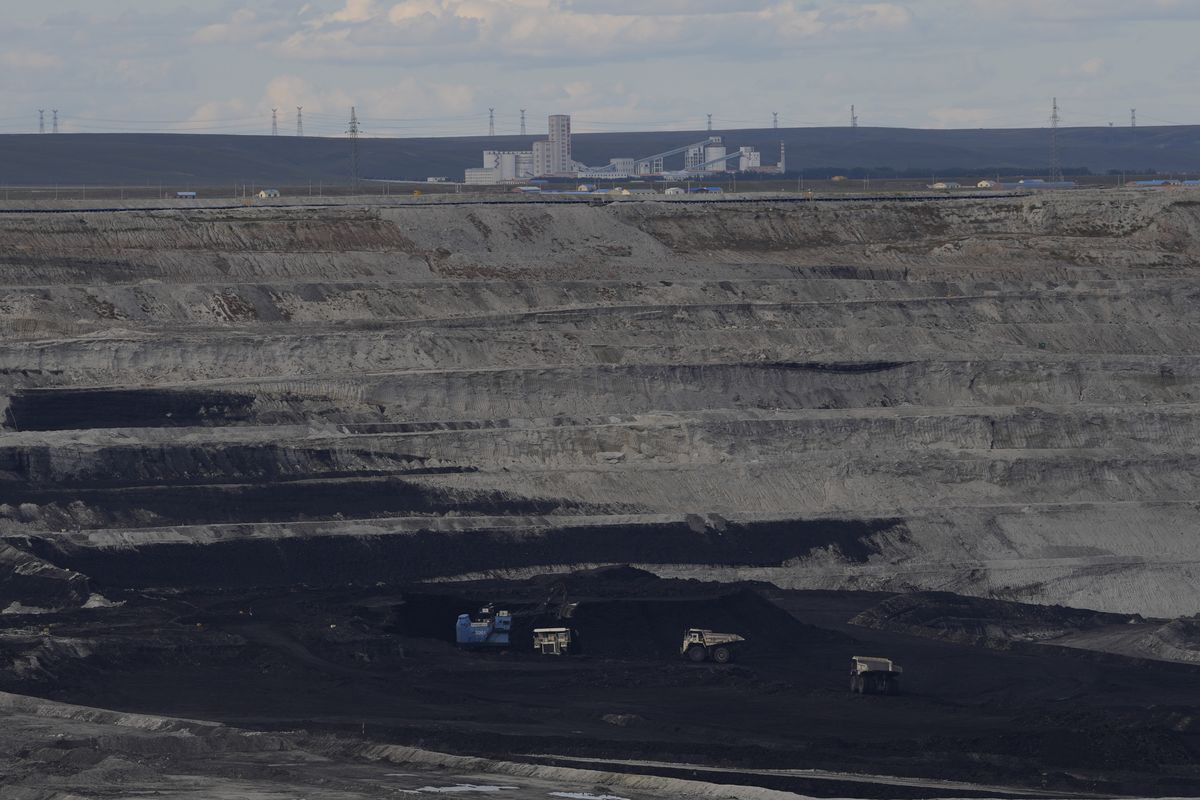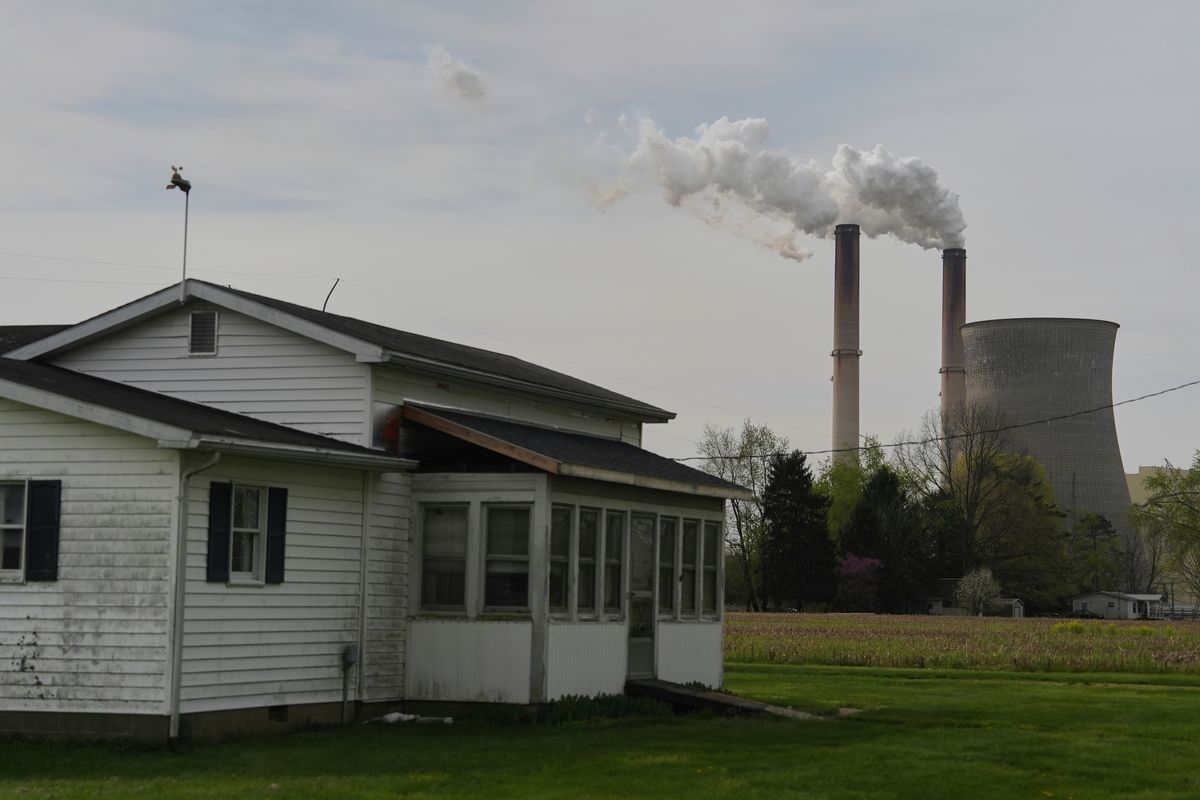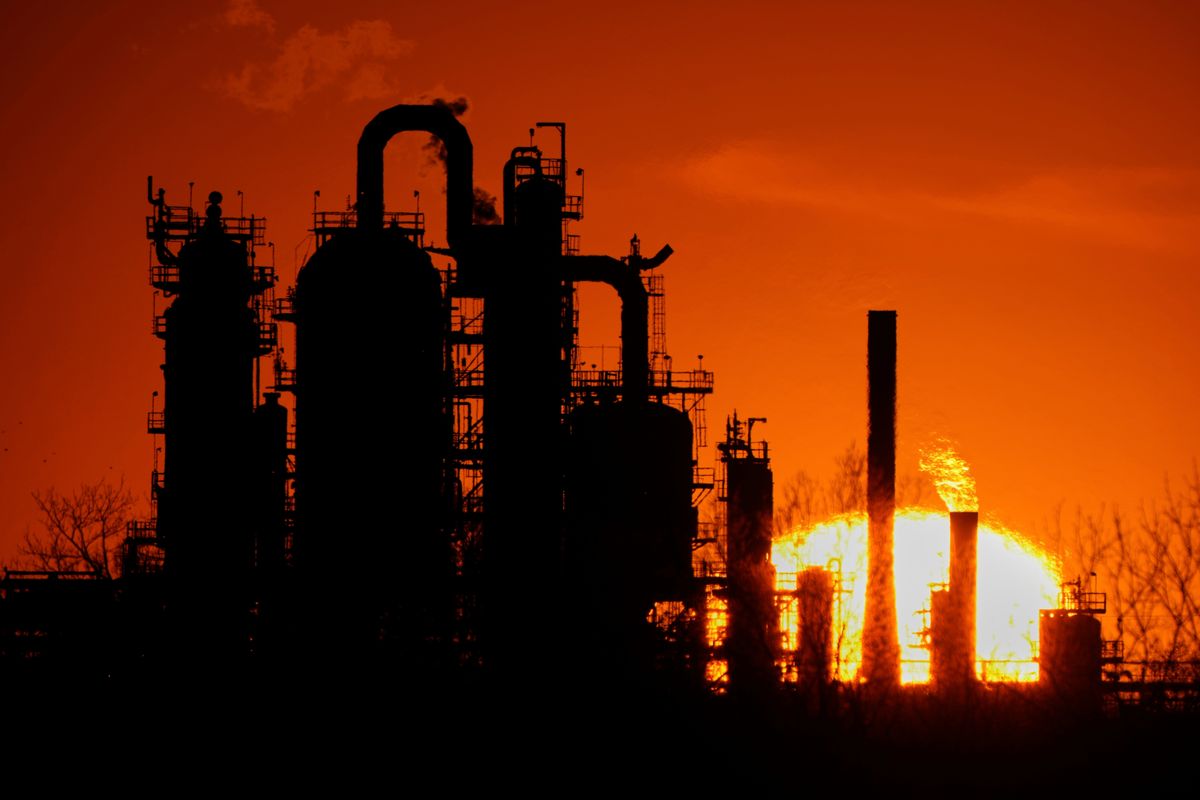All nations of the world had homework this year: submit new-and-improved plans to fight climate change. But the plans they handed in “have barely moved the needle” on reducing Earth’s future warming, a new United Nations report finds.
And a good chunk of that progress is counteracted by the United States’ withdrawal from the effort, the report adds.
The newest climate-fighting plans — mandated every five years by the 2015 Paris Agreement — shaves about three-tenths of a degree Celsius (nearly six-tenths of a degree Fahrenheit) off a warming future compared with the projections a year ago.
Meanwhile, the Trump administration’s policies, which range from rolling back environmental regulations to hindering green energy projects, will add back a tenth of a degree of warming, the U.N. Environment Program’s Emissions Gap report said Tuesday.
“Every tenth of a degree has ramifications on communities, on ecosystems around the world. It is particularly important for those vulnerable communities and ecosystems that are already being impacted,″ said Adelle Thomas, vice chair of a separate U.N. scientific panel that calculates climate impacts. ”It matters in heat waves. It matters in ocean heat waves and the destruction of coral reefs. It matters long-term when we think about sea level rise. ″
Global average temperature increase is mainly caused by the release of greenhouse gases like carbon dioxide, which happens when fuels like oil, gas and coal are burned. So the plans that countries turn in must detail how, and how fast, they will cut emissions of such gases.
Within the next decade, Earth is likely to blow past 1.5 C (2.7 F) since the mid-1800s, which is the internationally agreed-upon goal made in Paris. If nations do as they promise in their plans, the planet will warm 2.3 to 2.5 C (4.1 to 4.5 F), the report calculates.
Current policies put the world on path for 2.8 C (5 F) of warming, providing context for upcoming U.N. climate talks in Belem, Brazil.
Even super fast and deep cuts in emissions from coal, oil and natural gas will still more than likely mean global temperatures go up at least 1.7 C (3.1 F) this century with efforts then to bring them back down, the report says.
Ten years ago, before the Paris Agreement, the world was on a path to be about 4 C (7.2 F) warmer.
“We are making progress,” UNEP Executive Director Inger Andersen told The Associated Press. “We have to go faster.”
The United States — which submitted a climate-fighting plan in 2024 from the Biden administration but now will exit the Paris agreement in two months — changes the future outlook significantly. Until the Trump administration decided to get out of the climate-fighting effort, the U.S. plan was promising some of the most significant cuts in future emissions, the report said.
UNEP said the U.S. did not provide comments on the report by their deadline and asked for emissions data about the U.S. to be removed. The UNEP declined but included a footnote at the U.S. request, saying that it doesn’t support the report.
Now the U.N. is calculating that the rest of world must cut an additional 2 billion tons a year of carbon dioxide to make up for what the report projects is growing American carbon pollution. Last year, the world pumped 57.7 billion tons of greenhouse gases into the air and needs to get down to about 33 billion tons a year to have a chance of limiting warming to near the goal, the report said.
Climate Analytics CEO Bill Hare, who helps run a separate emissions and temperature projecting report called Climate Action Tracker, said that his calculations show the same as the report.
The numbers indicate “a lack of political will,” he said.
___
The Associated Press’ climate and environmental coverage receives financial support from multiple private foundations. AP is solely responsible for all content. Find AP’s standards for working with philanthropies, a list of supporters and funded coverage areas at AP.org.
By SETH BORENSTEIN and MELINA WALLING
Associated Press




